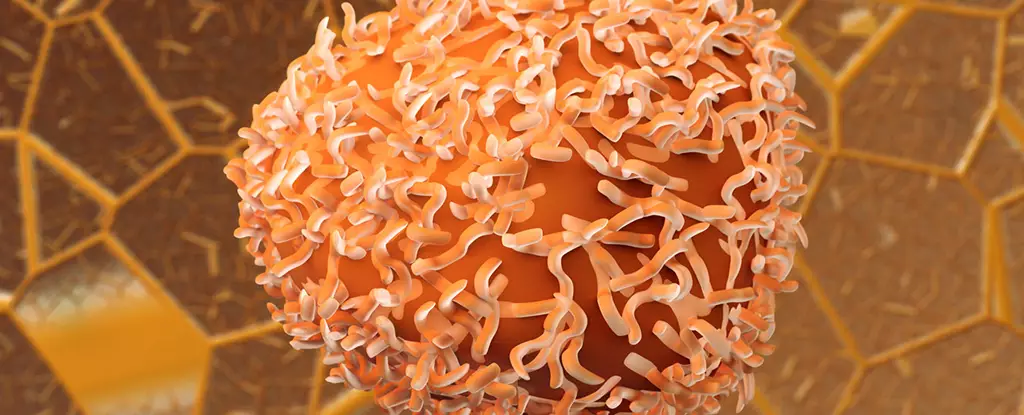Colorectal cancer (CRC) poses a significant threat to public health, being the second-leading cause of cancer mortality in the US. With the rise of obesity and the associated increased risk of developing CRC, researchers have been exploring potential treatment options. A recent analysis by scientists at Case Western Reserve University School of Medicine suggests that a commonly used drug for type 2 diabetes, known as glucagon-like peptide-1 receptor agonists (GLP-1 RAs), may offer protective benefits against CRC.
GLP-1 RAs, commonly prescribed for the management of type 2 diabetes, have previously garnered attention for their weight loss and cardiovascular risk reduction properties. However, researchers discovered an interesting correlation between the use of GLP-1 RAs and a lower incidence of CRC, even in individuals who were not obese or overweight. This prompted them to delve deeper into the potential benefits of GLP-1 RAs in preventing CRC.
To understand the impact of GLP-1 RAs on CRC prevention, the researchers analyzed data from a national US health record database, encompassing over 1 million patients with type 2 diabetes. The patients were grouped based on the different treatments they had received. They then matched the groups based on various characteristics, such as age, sex, race, and socio-economic status.
Comparing the CRC incidence in patients treated with GLP-1 RAs to those treated with insulin, the researchers discovered a significant reduction of 44 percent in the GLP-1 RA group. Similarly, when comparing GLP-1 RAs to metformin, another commonly prescribed drug for type 2 diabetes, the reduction in CRC cases was 37 percent. However, further analysis considering factors such as the duration of patient monitoring revealed a 25 percent reduction in CRC cases with GLP-1 RAs compared to metformin.
Considering the impact of GLP-1 RAs on patients who were overweight or obese, the risk of developing CRC was further reduced. In these specific cohorts, GLP-1 RAs were associated with a 50 percent reduction in CRC cases compared to insulin and a 58 percent reduction compared to metformin.
While these findings provide valuable insights, they do not conclusively prove that GLP-1 RAs directly protect against CRC. However, the results strongly support the need for further research and clinical trials to explore the mechanisms through which GLP-1 RAs may prevent CRC development.
Considering the increasing prevalence of obesity and the significant impact of CRC on mortality rates, any advancements in treatment and prevention are eagerly anticipated. The potential ability of GLP-1 RAs to reduce the incidence of CRC, as highlighted in this analysis, opens up new avenues for improving patient outcomes. This novel indication makes GLP-1 RAs a promising area of investigation for future researchers and clinicians.
The exploration of the potential protective effects of GLP-1 RAs against CRC represents a significant step forward in cancer research. Although further studies are necessary to establish a direct causative relationship, the findings from this analysis shed light on the potential of GLP-1 RAs in reducing CRC cases. With CRC being a leading cause of cancer mortality, the application of GLP-1 RAs in prevention and treatment has the potential to make a substantial impact on public health.


Leave a Reply